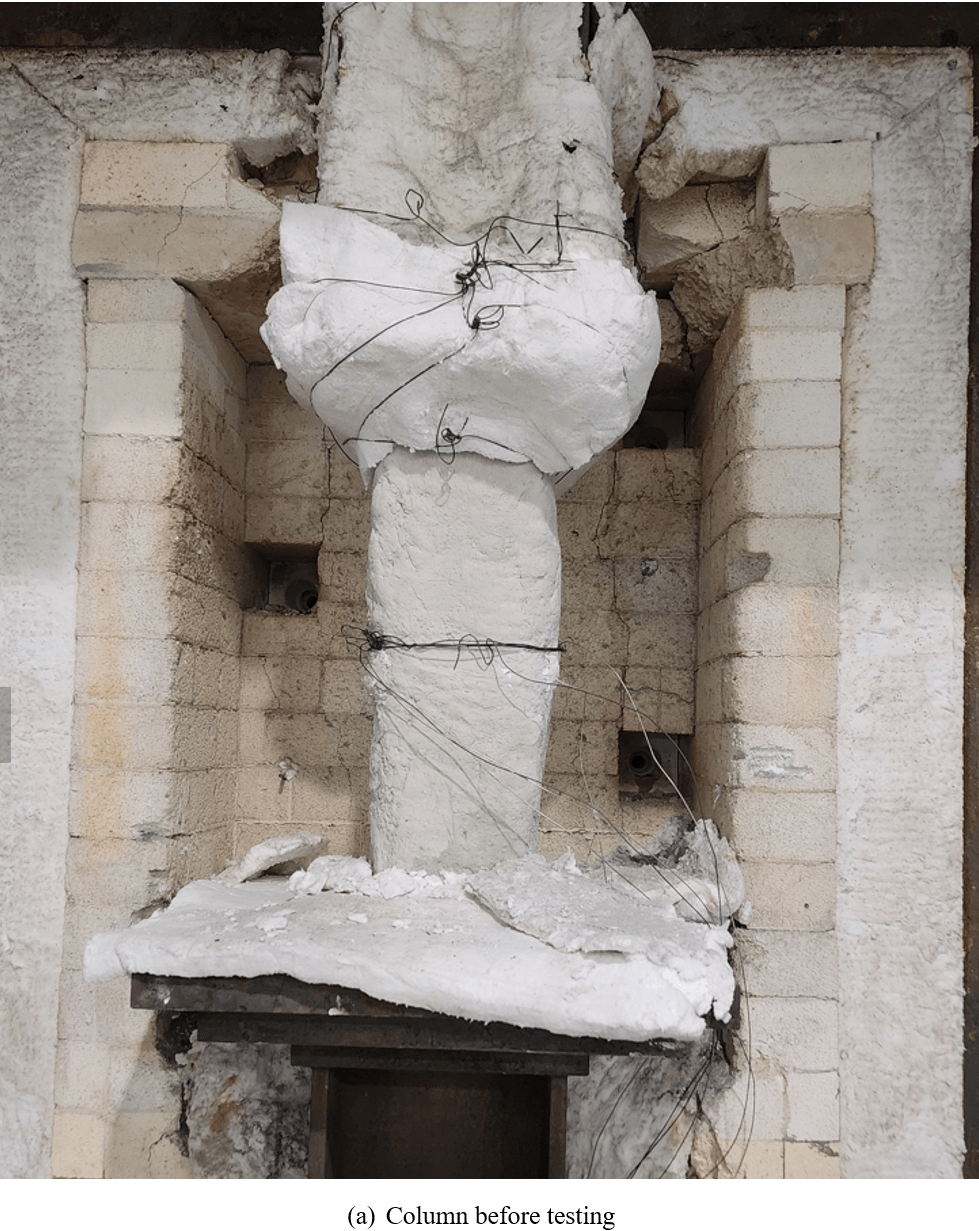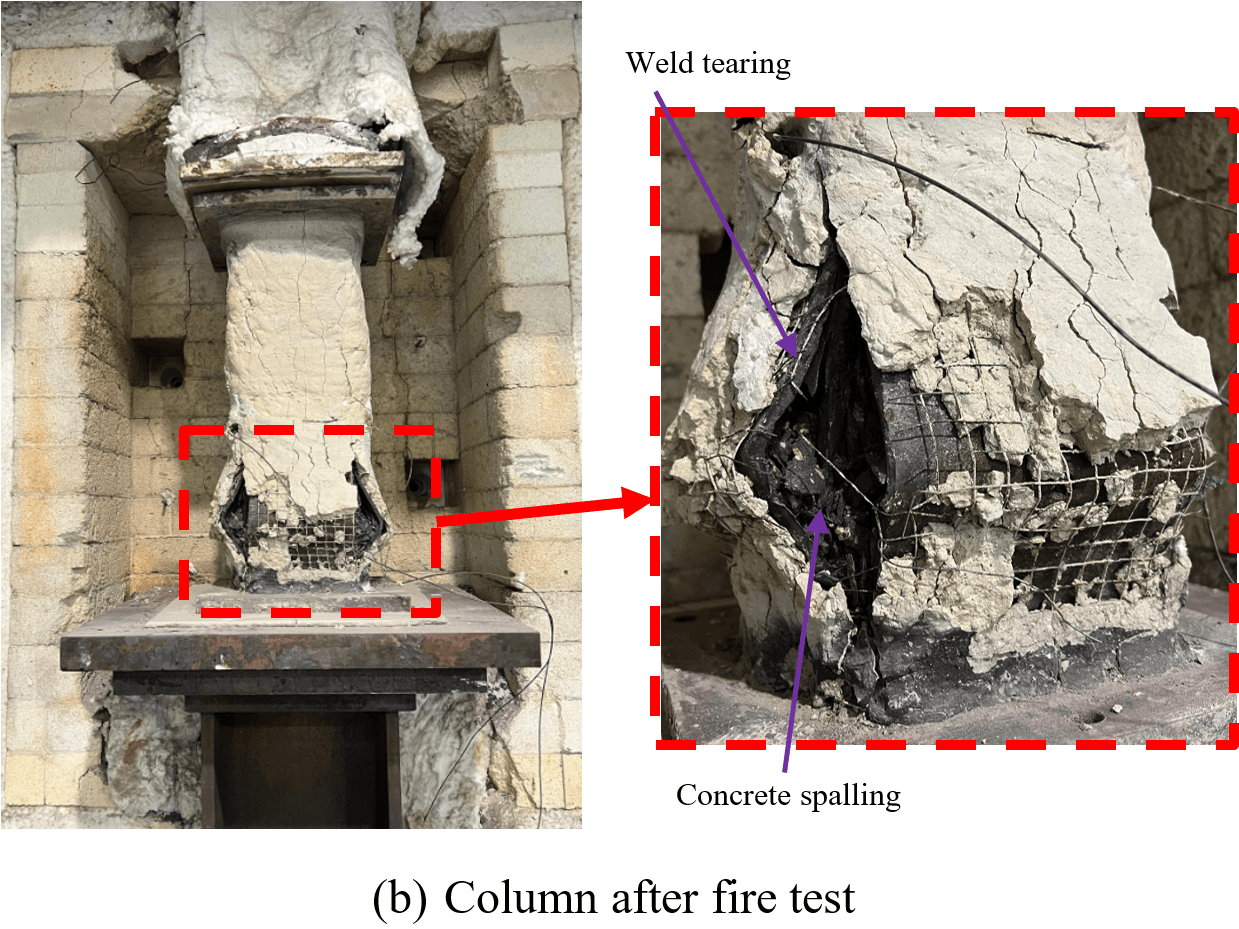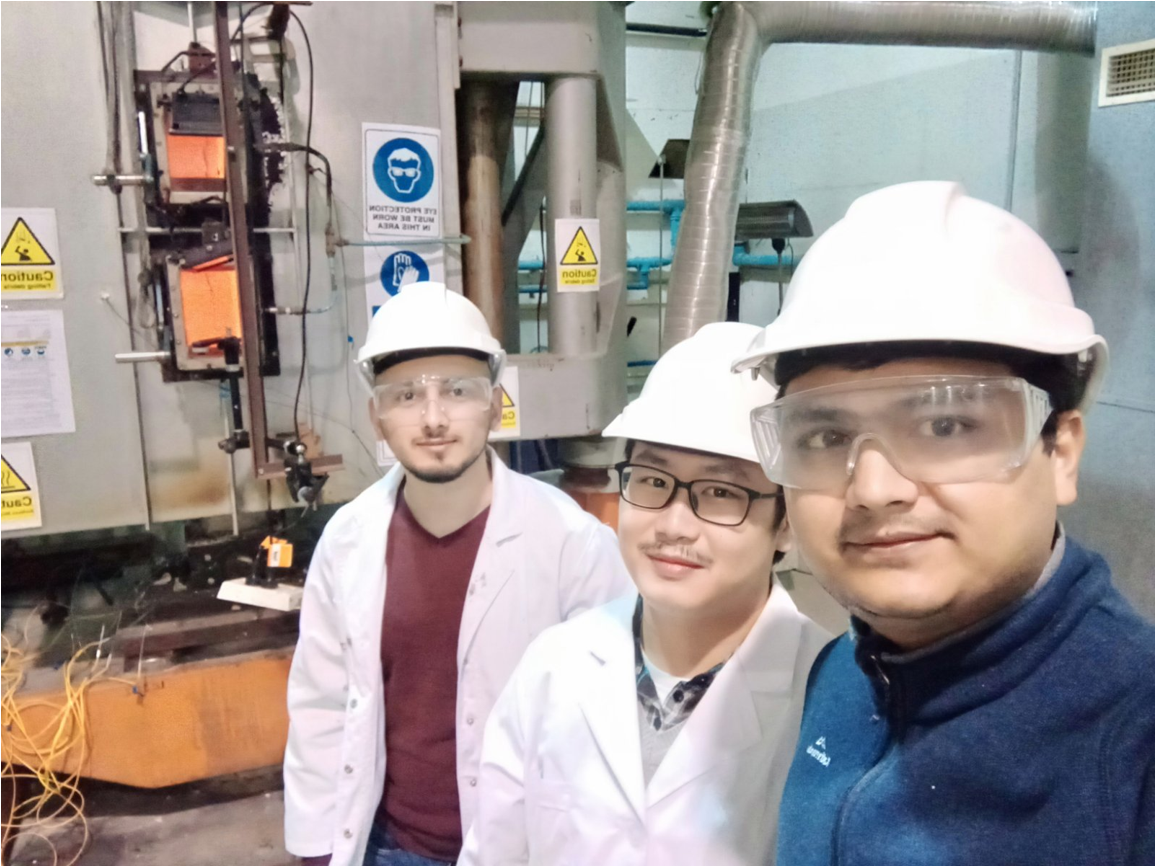
David Pola
Since I was a kid, I've always had a strong interest in engineering; I find it fascinating to study and investigate how various huge buildings and infrastructures are constructed. Another reason and source of encouragement for me to pursue a career in engineering was the fact that I came from a family of engineers. By doing this project, I have not only gained knowledge and experience in the academic sector but also developed skills that will assist me in my future profession. My goal after graduation is to go to the industry and work on big projects in different fields and keep improving my engineering skills.
Effectiveness of Novel Sprayed Fire-Resistive Material on Concrete-Filled Steel Tubular Columns
Concrete-filled steel tubular columns (CFST) made with high-strength concrete (HSC) are beneficial for high-rise buildings as such columns with HSC can carry significantly higher load compared to conventional CFST columns made with normal strength concrete, thereby maximising the utilisation of valuable space. However, fire spalling of HSC is a critical issue in case of fire events which can be disastrous if suitable measures are not taken to protect such columns from fire. Fire protection coatings such as spray-applied fire resistive materials (SFRM) can be applied to improve fire performance of CFST columns. In this regard, fire tests were conducted under the supervision of Dr Utsab Katwal, Prof Zhong Tao, and Mr Edward Huang, to investigate the effectiveness of novel SFRM developed by Prof Tao’s research team at Western Sydney University in collaboration with an industry partner. It was found that the unprotected CFST columns with nominal concrete strength of 100 MPa failed with a spalling explosion within 30 min, whereas the counterpart columns protected by SFRM resisted fire for more than three hours. This demonstrates that the novel SFRM developed by Prof Tao’s research team can be utilised to increase the fire performance of CFST columns. The research supports future commercialisation activities of the SFRM.



